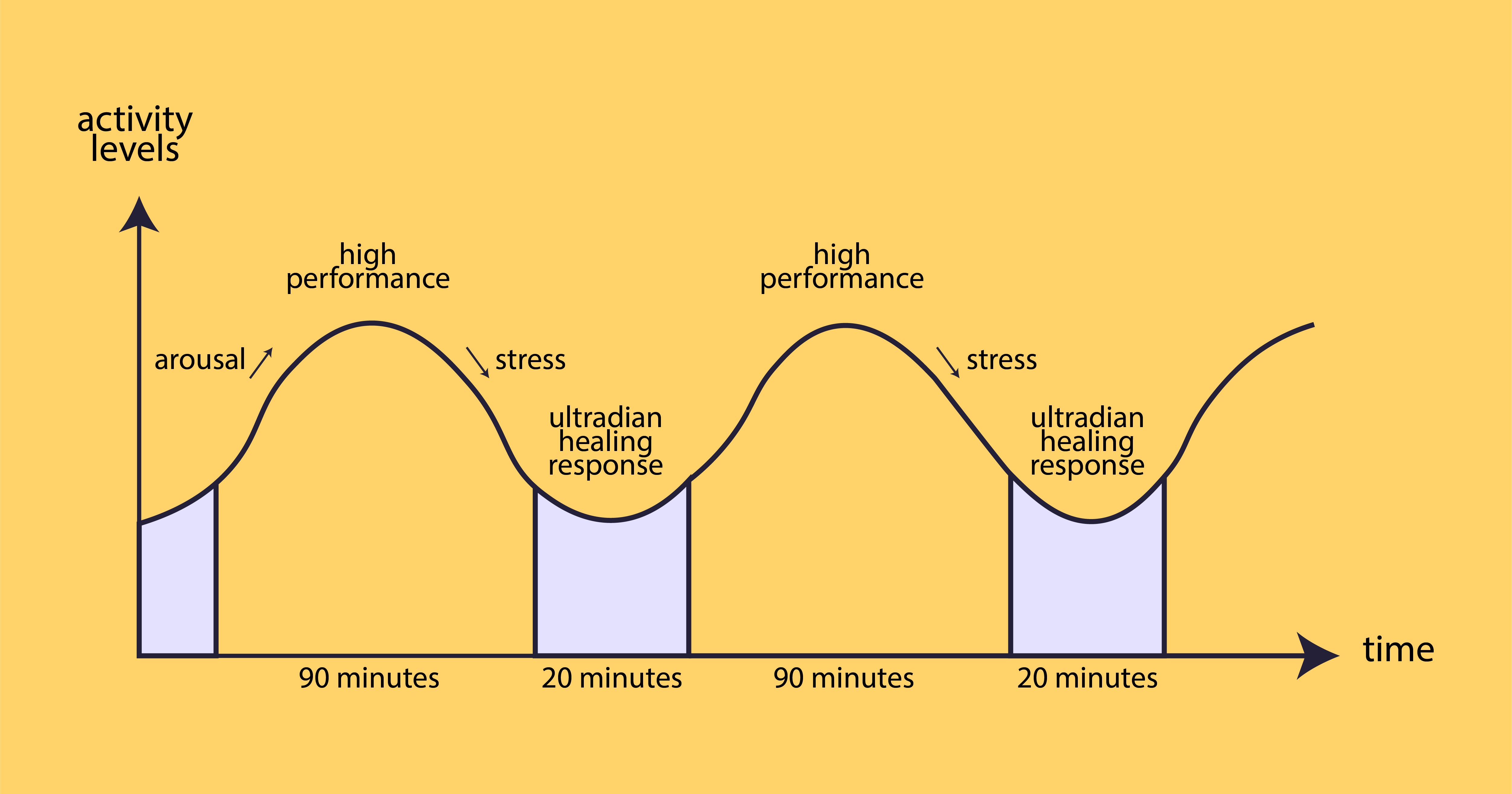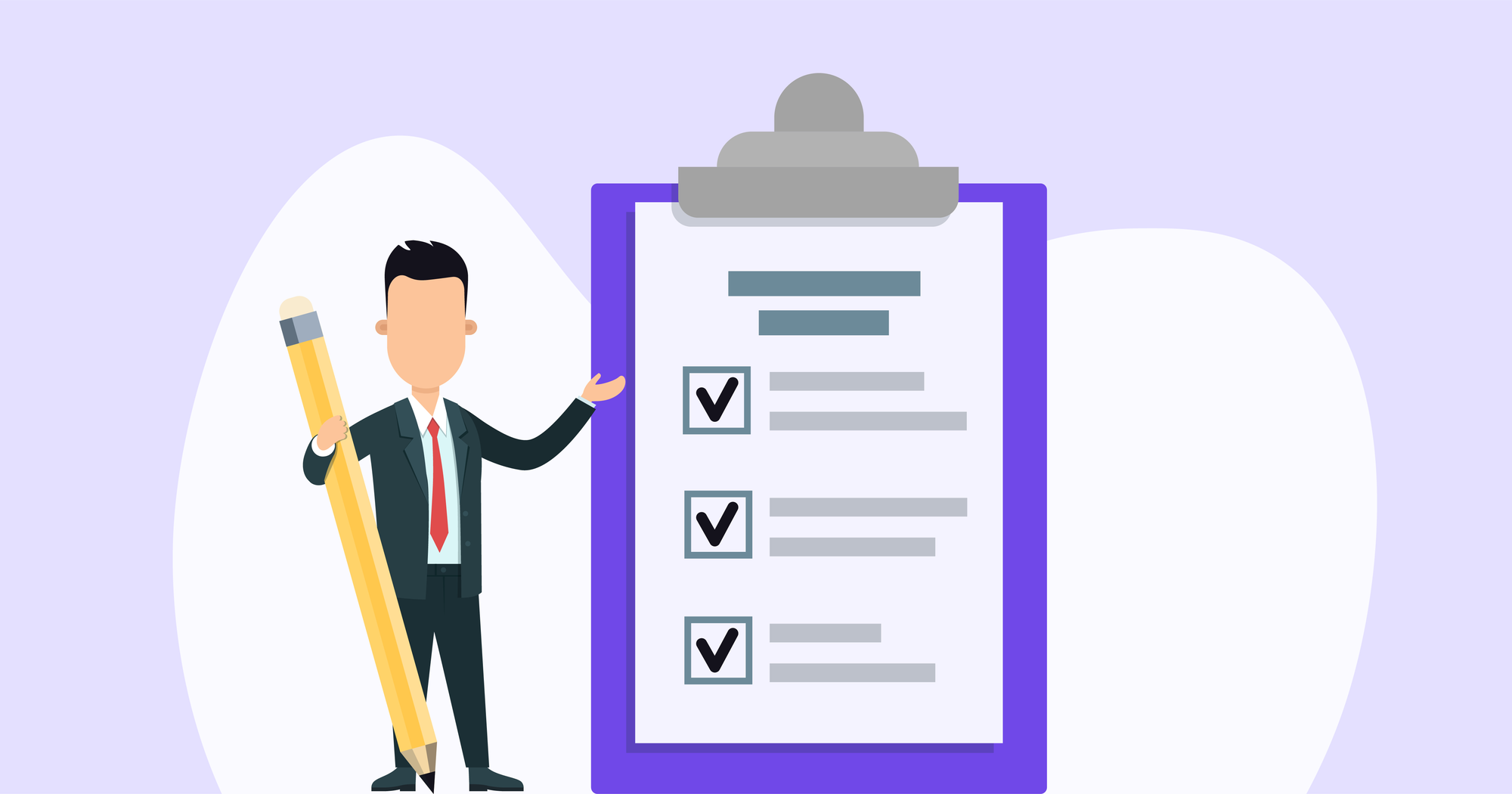How to find your most productive hours?

Some days you’re a productive superhero. You knock off your to-do lists, win over distractions, finish your tasks before the deadline, and even plan what to do next.
And some days, you aren’t able to do the bare minimum. Work feels like punishment, and a 30-minute task takes you 3 hours. You complete the work half-heartedly, not caring about its quality.
Sounds familiar? It’s because you’ve your personal productive slots. Some of you feel energized and at your peak productivity levels in the morning. While some at night. If you work according to your biological time, you’ll get work done on time, be creative, and improve your work output.
So, how to find your productive hours and capitalize on them by maximizing your productivity? Follow these three steps.

Step 1: Record your productivity levels
Your biological time depends on the ultradian rhythms. These are cycles that repeat throughout 24 hours. You achieve peak performance when you’re energized (more energy=more action) and dull execution when you’re distracted and tired.

So, if you know when you experience peak energy levels, you can schedule your tasks accordingly and be productive. For that, you need to gather data (for one month) on when you get more work done (this will imply you feel energized during that time).
Use RescueTime to know how you spend your time, your productivity trends (whether you’re productive in the morning, afternoon, or night), and your daily patterns (which hour you get the work done).
You can analyze all these reports to find patterns and conclude your productivity hours. For example, after seeing the analytics, you could know you’re productive in the morning between 8-11.
Of course, you can even journal to find this. In the end, note when you were at your peak productivity level (got tasks done and were focused and motivated) and couldn’t get work done. Do this for one month, and you’ll know your productivity slots.
But this is laborious, and you may forget the details.
Step 2: Schedule your tasks

Once you know your productivity slots, schedule your tasks according to them. Do this one day before. You don’t waste your peak hours thinking about what you should do.
Put your high-priority and creative tasks at the start of your productivity time. For example, if you’re productive at 8-11 am, ensure you do the most important tasks this time. Block that time off your calendar (no meetings or meeting other requirements) and tune out distractions (ask your family/colleagues to disturb you not this time; use freedom to block distracting websites and apps).
Schedule other tasks (meetings, answering emails, and menial work like admin stuff) outside your productivity slot. For example, you could do this between 3-5 pm. Also, don’t forget to rest in between to recharge yourself.
Step 3: Analyze and adapt
Keep monitoring your progress. See if you work productively 80% of the time. If yes, double down on it. I said 80% because you’re bound to have rough days even after following an efficient procedure due to multiple factors.
And that’s OK, but this shouldn’t become a norm. If it does, review and find what’s holding you back. Solve those issues and adapt to work productively.
Leverage your productive hours to increase your work output
Remote work has given all of us the flexibility to work according to when we want. Use this opportunity to schedule your tasks per your productivity and energy levels. You’ll increase work efficiency and satisfaction.





